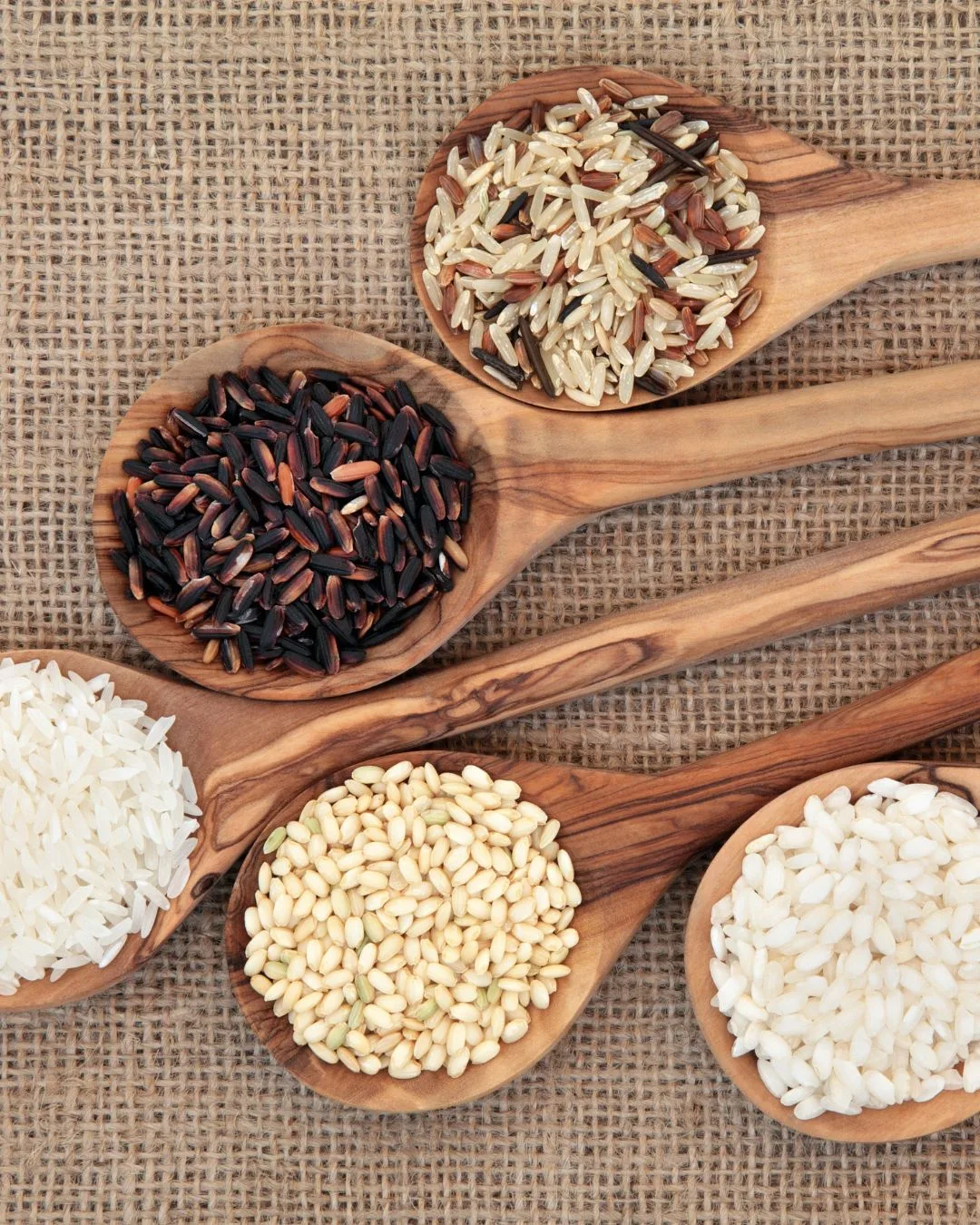September is National Rice Month – Celebrate 30 Days of Rice

September is here, and with it comes the much-awaited National Rice Month! This annual celebration is a perfect opportunity to honor one of the world’s most beloved grains and the farmers who tirelessly cultivate it. Join us as we explore the rich history, culinary delights, and nutritional benefits of rice.
The History of Rice
Rice has been a staple food for thousands of years. Originating in Asia, it quickly spread across the globe, becoming a vital part of various cultures and cuisines. Its journey can be traced back to ancient civilizations, such as China and India, where it played a crucial role in shaping their societies.
The cultivation of rice requires expertise and dedication. Farmers work tirelessly to provide us with this versatile grain, which is consumed in numerous forms worldwide. From fluffy basmati to sticky sushi rice, each variety brings a unique flavor and texture to the table.
Culinary Delights
One of the greatest joys of rice is its versatility in the kitchen. Whether you’re craving a comforting bowl of risotto or a spicy plate of biryani, the possibilities are endless. Rice serves as a blank canvas, ready to be transformed into a delicious meal.
It’s not just savory dishes that rice excels at. Rice puddings, rice cakes, and rice flour are just a few examples of how this grain can make a satisfying sweet treat. The subtle nutty taste of brown rice lends itself beautifully to desserts, adding depth and toasty flavor to your favorite treats.
The Nutritional Powerhouse
Beyond its taste and culinary versatility, rice also packs a nutritional punch. It is naturally gluten-free, making it an excellent choice for individuals with gluten sensitivities or Celiac disease. Additionally, rice is a great source of energy, providing carbohydrates that fuel our bodies.
Whole grain rice is rich in fiber, promoting a healthy digestive system and aiding in weight management. It also contains essential vitamins and minerals, such as magnesium, phosphorus, and B vitamins. These nutrients support various bodily functions, including bone health, muscle growth, and energy production.
The Origins of National Rice Month
As we celebrate National Rice Month, it’s important to take a moment to appreciate the rich history of this beloved staple food. National Rice Month is an annual event that aims to increase awareness of the importance of rice in our diets and the significance of rice farming to our economy. It was first celebrated in September 1991, thanks to a proclamation made by President George H. W. Bush.
President Bush recognized the immense value of rice as a nutritious and versatile grain, as well as the hard work of the rice farmers who cultivate it. Since then, National Rice Month has become a time to honor the tradition, culture, and contributions of the rice industry.
Types of Rice
Let’s dive into the world of rice by exploring the different varieties and their unique flavors.
Brown Rice:
Brown rice is a whole grain that contains the bran, germ, and endosperm. Unlike white rice, which has the bran and germ removed, brown rice retains these nutrient-rich components. As a result, brown rice is a great source of fiber, vitamins, and minerals
White Rice:
White rice is a type of rice that has gone through a refining process where the outer bran and hull have been removed, resulting in a polished appearance. It is a versatile grain that can be cooked in various ways to complement different dishes and cuisines
Jasmine Rice:
Jasmine rice is a type of long-grain rice originally grown in Thailand but now cultivated in many other countries around the world. It has a distinct floral aroma and an indulgent, slightly sticky texture when cooked, making it a popular choice in many Asian and other cuisines. This variety of rice is known for its tender and delicate nature, which makes it the perfect complement to many spicy and savory dishes, thanks to its ability to absorb various flavors.
Basmati Rice:
Let’s start our exploration with Basmati rice, a long-grain variety that is known for its distinct aroma and fluffy texture. Originating from the Indian subcontinent, Basmati rice has a nutty flavor and pairs perfectly with curries, stir-fries, and biryanis. Its slender grains elongate upon cooking, giving it an elegant appearance.
Arborio Rice:
If you are a fan of risotto, then Arborio rice is the variety for you. With its high starch content, Arborio rice releases a creamy texture when cooked slowly, resulting in a rich and velvety risotto. This Italian short-grain rice absorbs flavors exceptionally well, making it a popular choice for savory dishes.
Black Rice:
Black rice, also known as forbidden rice, is a highly nutritious variety that was once exclusively reserved for Chinese emperors. Its deep, dark color gives it a striking appearance, and it has a slightly sweet, nutty flavor. Black rice is packed with antioxidants and is often used in salads, sushi, and desserts.
Wild Rice:
Contrary to its name, wild rice is not actually rice but a grass seed. Native to North America, this long-grain variety has a chewy texture and a nutty, earthy flavor. It complements both savory and sweet dishes, and is often used in pilafs, stuffings, and soups.
The Significance of Rice in Different Cultures
Rice holds great significance in various cultures around the world. For centuries, it has been a staple food for millions, providing nourishment and sustaining communities. In Asia, rice is not just a food source but an integral part of religious ceremonies, traditions, and celebrations.
In Japan, for example, rice is considered a sacred grain and is used in rituals and festivals. Rice cultivation has shaped the landscape of many Asian countries, creating terraced fields that are both breathtaking and efficient for growing this crop.
Similarly, in many African countries, rice is a vital part of the diet and plays a role in cultural events. It is often prepared in flavorful dishes that bring people together and showcase the diversity of local culinary traditions.
Rice Farming: A Labor of Love
Rice farming is a labor-intensive process that requires dedication, knowledge, and hard work. From preparing the fields to planting the crops and ultimately harvesting the ripe grains, rice farmers pour their hearts into every step of the process.
Throughout history, advancements in rice farming techniques have played a crucial role in ensuring an abundant supply of this essential food. From ancient irrigation systems to modern machinery, the methods may have evolved, but the commitment of rice farmers to produce top-quality rice has remained steadfast.
Today, rice farming continues to be a vital industry, providing employment opportunities and contributing to local economies. National Rice Month serves as a reminder to support our farmers and appreciate the efforts that go into bringing this nutritious grain to our tables. Learn more about rice at Think Rice.
Recipes Using Rice
Take a look at our collection of recipes using rice. From savory to sweet, spicy to mild. We have a recipe to two for you to make any day of the month of September in honor of National Rice Month!
Rice pudding is by far one of the most creamy and delicious desserts available. The classic rice pudding is a canvas and inspiration for a wide variety of flavors
These 16 Amazing Recipes for Jambalaya will explore the delightful fusion of flavors that will transport your palate straight to the vibrant streets of New Orleans.








